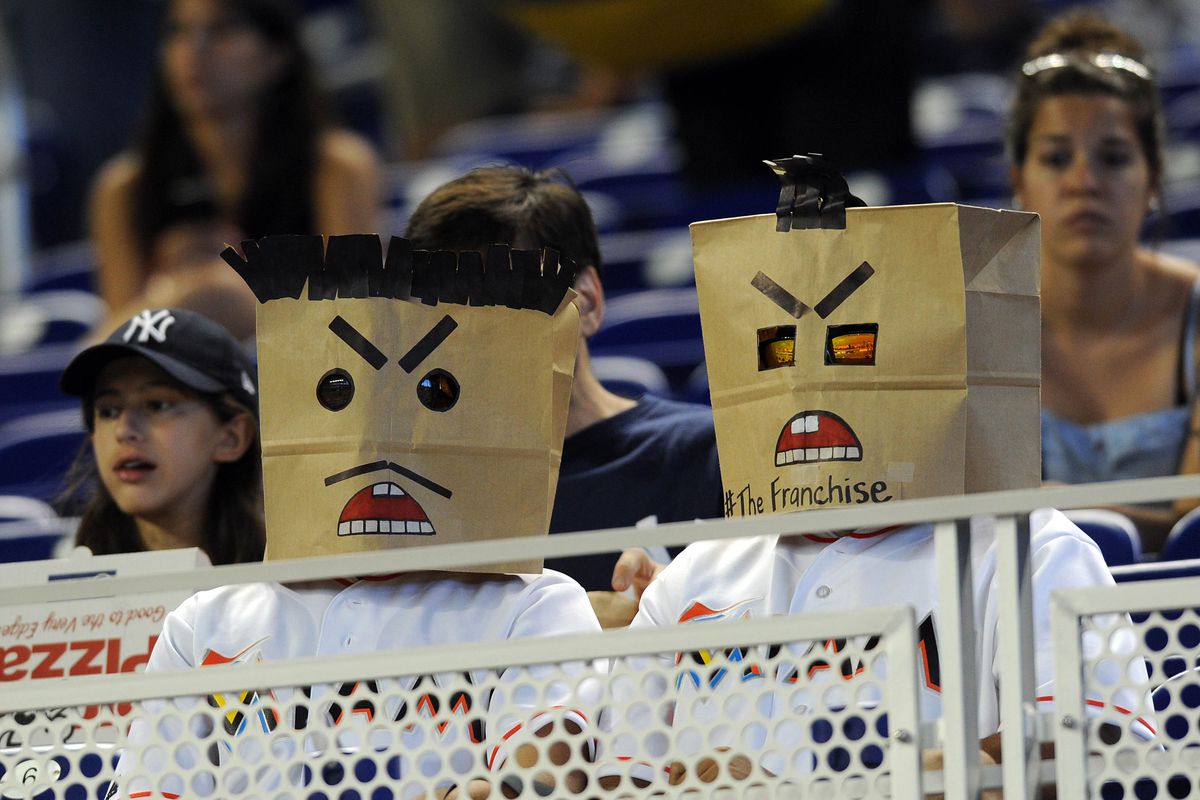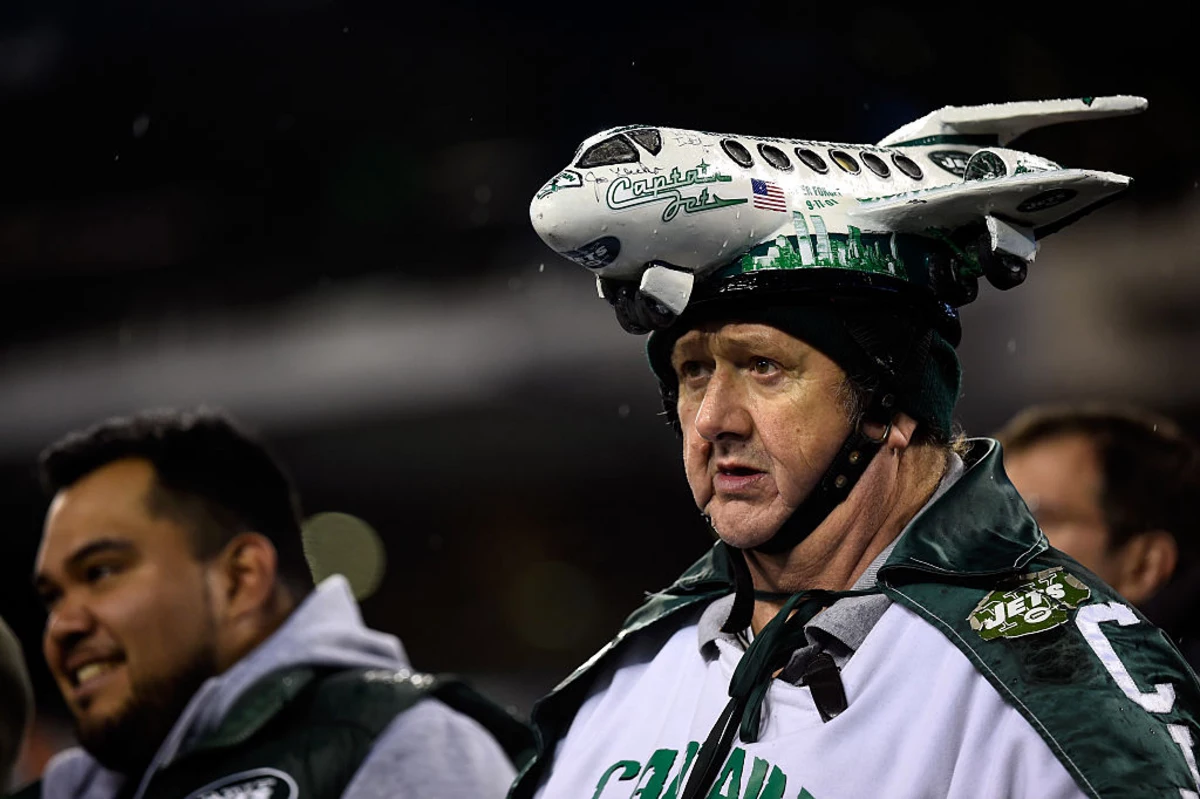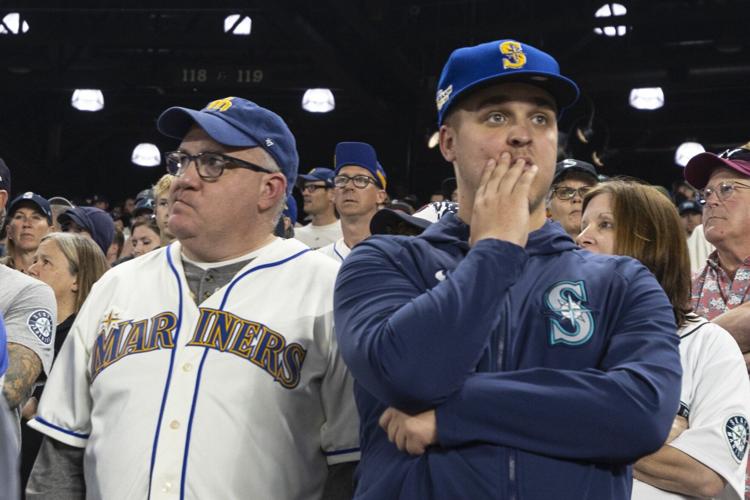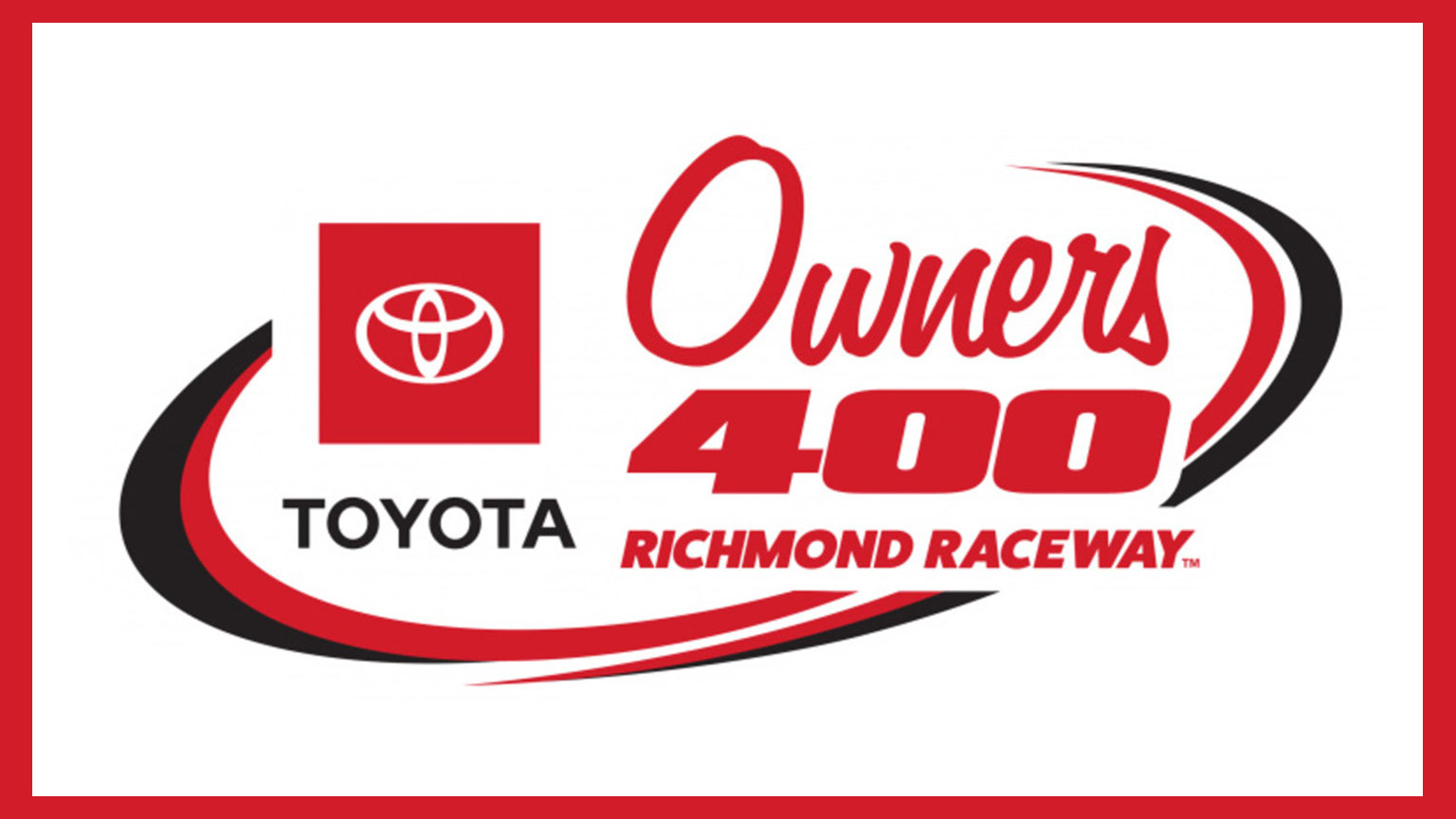Stats Since 2000: Miami Marlins
Winning Seasons: 7
Playoff Appearances: 3
Playoff Series Record: 4-2
Championships: 1
Every dog will have its day. They caught lightning in a bottle. Even a blind squirrel finds a nut once in a while. These are all phrases that describe the Miami Marlins. The Marlins have been lucky once this century, going on a true Cinderella run back in 2003 and winning the World Series. But just because you win it all, doesn’t mean that you aren’t inept. Sometimes things just click, and things go your way. Hell, even a broken clock is right twice a day.
Welcome to A Series of Inept Franchises. In this series, well, it’s in the title. I’m breaking down one franchise in the four major American sports every week and I’ll take a quick, yet deep dive into why a franchise has so many problems. For the interest of time and not to bore you with deep history and lore, I will only be diving into a franchise’s history since the year 2000. It’s been 24 years since then, trust me, there’s plenty of history already for teams in this near quarter century.
Just a warning, this series may contain some swearing and yelling, from you, the reader, at your favorite teams. Upon reading this, you may become mad, you may cry, you may want to throw up and you may want to yell at God. Reader discretion is advised. Sounds good? Good.
For this first instance, I’ll be diving into a team that has had as many owners as they do playoff series wins since 2000, the Miami Marlins.
Let’s get into what I feel has been the major issues for the Marlins this century, Ownership and their decisions of greed, selfishness and a hint of some lacking of patience.
Owners Are The Worst
So, I’m going to cheat a tiny bit here. I normally only talk about a team’s history since 2000 but the Marlins franchise has only been around since 1993. I feel like I can get away with diving a little bit into the history and lore. And, again, it’s my blog, I make the rules. Questions? No? Good.
The Marlins have had 4 owners in their 30 years of existence. For reference purposes, the Arizona Diamondbacks debuted in Major League Baseball 5 years after the Marlins (1998) and have only had 2 owners in their existence. Considering the Marlins have only been in existence for 30 years, it averages out to a new owner for the team every 7.5 years. Which, for any sports franchise, is absolutely wild.
We’ll start at the beginning, the man who brought baseball to South Florida, Wayne Huizenga. Having owned the then Florida Marlins (I miss that name), the Florida Panthers and the Miami Dolphins at one point or another, Wayne was a name in the Florida sports scene. Now, if you were a Panthers fan, sure, you might like his name as it is hanging in the rafters of the Panthers arena. If you’re a Marlins fan however, his name may make you vomit upon hearing it.
Wayne brought the Marlins into existence in 1993 and hired Dave Dombrowski as the team’s first GM.
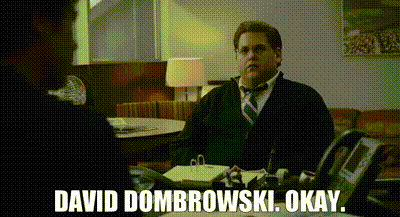
Moneyball icon right there.
Dombrowski locked his fingers, cracked his knuckles and got down to work for our good buddy Wayne. He made a flurry of moves, hired a great manager in Jim Leyland, and lo and behold, the Florida Marlins were World Champions in only their 5th season of existence. All was right in South Florida and the Marlins went on to have loads of success for the rest of their time in the Sunshine State

Yeah, that’s not what happened after that championship. You see, while Dombrowski was making moves for pieces on the field, Huizenga was making moves for pieces off the field. New stadium pieces that is. While the Marlins were doing their thing, our pal Wayne was trying to make moves with the city for a new stadium…a new stadium for a team that had only been around for 5 years. The team was sharing a stadium with the NFL’s Miami Dolphins (this was the style at the time) but, for obvious money hungry reasons, Huizenga wanted the Marlins to have their own place and on top of that, wanted the citizens of Miami to pay for it with taxpayer money. He feuded with the city and threatened to shred his newly crowned champions and break up the team. The city wouldn’t budge, so Huizenga made good on his promise and shredded the team like the way I shred cheese on my nachos.
Dombrowski was forced to completely dismantle the team he had built into a powerhouse. As soon as the World Series was over the pieces fell. Moises Alou, the teams star outfielder, was traded. Only a few days after that other players were shown the door. Closer Robb Nenn, CF Devon White, 1B Jeff Conine, SP Kevin Brown and SP Al Leiter were also traded that offseason. By the time the 1998 season rolled around, the payroll of the Marlins had been slashed by just over $20 million dollars going from $53.5 million to a paltry $33.4 million. If you thought it couldn’t get any worse, I promise you, it got much worse. During the ’98 season, the Marlins also traded away Charles Johnson, Bobby Bonilla and Gary Sheffield*. By the midway point of the ’98 season, the payroll had been slashed down to a grand total of $13 million, $40.5 million less than their championship winning payroll just 9 months before. Lol
*Side note: the Marlins traded away Gary Sheffield to the Dodgers and in return, a future Hall of Fame Catcher by the name of Mike Piazza was dealt back to Florida. He was a Marlin for a week before then being traded again, this time to the Mets. This little tidbit should help you next time you fill out the Immaculate Grid.
The team that went 92-70 and won the World Series in 1997 followed up that year with a campaign in 1998 that landed them at 54-108 for the season.
Wayne Huizenga never got his stadium and because of this, he decided he was done with baseball ownership and put the team up for sale. In 1999, the Marlins were officially sold to John W. Henry.
Henry lasted only until 2001 as the Marlins owner. In his short stint, he saw Jim Leyland resign as manager, Dave Dombrowski leave as GM to take the GM job in Detroit and the team go a horrendous 219-266 in his time as owner. He decided enough was enough and sold the team to Jeffrey Loria after nearly 3 full seasons.
Loria took the reins and the team brought him instant success. Before Dave Dombrowski left as the Marlins GM, he brough in 2 young but very crucial players to the organization by the name of Josh Beckett and Miguel Cabrera.
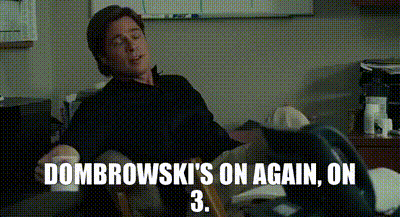
Absolute legend.
Along with other key players such as Juan Pierre, Derek Lee, Ivan Rodriguez, Mike Lowell, Dontrelle Willis, Carl Pavano and Jeff Conine (again), the pieces were in place for the upstart Marlins to go on a run. They officially caught lightning in bottle for the second time once they fired manager Jeff Torborg and brought in cigar loving Jack McKeon. The Marlins went 75-49 after McKean was hired in 2003, good enough to make the National League Wild Card. From there, they beat the Braves, the Cubs and the Yankees and won their 2nd World Series title in 7 years.

And just as soon as they won it, the team was dismantled immediately again. They traded Derek Lee away and decided not to resign Ivan Rodriguez to be their Catcher for the future. They also traded two key starting pitchers in Mark Redman and Brad Penny in the off-season and during the season respectively. Carl Pavano left the Marlins to sign with the Yankees after the 2004 season. A core of 5 key players we’re gone within just one year of winning a ring. And because of this, the Marlins fell into the hole of no postseason appearances. A hole that took them 17 years to climb out of.
During those 17 years, owner Jeffrey Loria continued to allow his GMs to bring in talent only to let them walk away or be traded years later. The Marlins went from being 2x lighting in a bottle World Series Champions to being the equivalent of a minor league farm system for a major league team. In those years, they let the likes of Hanley Ramirez, Dan Uggla, Cameron Maybin, Anibal Sanchez, Giancarlo Stanton and Christian Yelich all leave for not much in return.
The one silver lining in this is that Loria did eventually get the Marlins their own stadium. It just happened in one of the worst ways possible. I won’t dive too much into this but I will give you the basics. Loria deceived the city of Miami by promising to put a competitive team on the field for the new stadium. A year after Marlins Park (now LoanDepot Park) was built, Loria again slashed the team’s payroll and pocketed the extra cash for himself. On top of that, the stadium cost was $634 million with 80% of that to be funded by the city of Little Havana and Miami-Dade County.
In 2017, Jeffrey Loria ended his tenure as Marlins owner and sold the team to the current owner, Bruce Sherman. During Loria’s time as owner, he was often listed as one of the worst owners in the 4 major American sports and one of the most despised figures in South Florida.
There isn’t much to say about Bruce Sherman. The only thing I can say is that hopefully he’s a better owner than the ones previous mentioned for the Marlins. Considering he’s already made the postseason twice in his seven years as owner, I would think he’s doing well so far. Only time will really tell.
And there you have it, the ineptitude of the Miami Marlins. I think the team, or I should say the owners of the Marlins, can be summed up in 7 different ways.
Lust: the lusting over a new stadium by Huizenga.
Gluttony and Greed: the money hungry ways of both Huizenga and Loria.
Sloth: the failure of having their GMs not do anything to fix the team for 17 years.
Wrath: the slashing of the payrolls in reaction to not getting what they wanted.
Envy: the desire to be as rich as other baseball owners.
And Pride: the egos that both Huizenga and Loria have that would get in the way of the betterment of the team.
These things are known as the Seven Deadly Sins. One sin for each winning season the Marlins have had since 2000. Only Lord knows if they can finally move on from their past misdeeds. If they don’t, much like a Marlin can pierce its prey, the owners ways may finally pierce through and bring an end to baseball in Miami.

